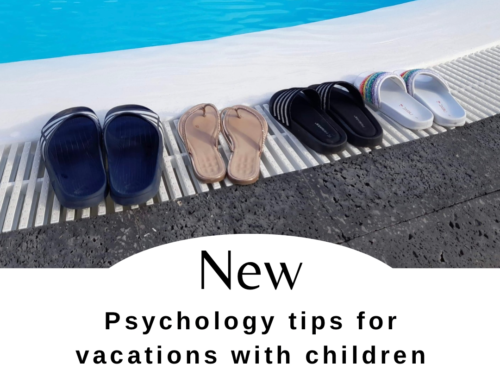By Dr Sarah Blackshaw, Clinical Psychologist working in a Specialist Chronic Pain Service
For those of you who don’t know me, I guess I’d better start by saying that I’m someone who is just as comfortable with travelling as I am at home. I love curling up on a rainy Sunday afternoon with a good book or a Netflix special, but I also understand the call of the wilderness; the joy of exploring somewhere that you’ve never been before, or just returning to a place that you could never live but still somehow feel at home in, like slipping on an old pair of trainers that still fit you perfectly.
I also spend a lot of my time with people who have chronic physical health conditions. Specifically, the people I work with experience chronic pain, which can feel as though it’s slowly robbing you of your independence if you don’t work incredibly hard to manage it. Chronic health conditions can have an impact on your ability to do the things you want to do, and can affect your confidence to do activities in the way you used to, or the way you would like to now that you have to consider your health. My job is to help people to regain that confidence and independence, and one of the most common things that I work on with them is how to navigate the world with their body impacted by symptoms that can come on at random and shift from day to day.
Understandably, lots of people want to go travelling. Most people enjoy a good holiday – getting out of your comfort zone or just away from any daily stress, and only having to answer questions about what to wear for dinner or whether to go exploring tomorrow or spend the day by the pool. But how do you do that when your body doesn’t feel the same as it used to, or when pain and fatigue might have forced you to redefine your relationship with movement and rest? Whilst the following won’t apply to everyone, here are some tips to consider how to continue to travel when you have a chronic health condition.
Accept your limitations
First thing’s first: if you have a chronic health condition, there’s likely to be no going back to exactly how things were before. The clue’s in the word “chronic” – it’s not going to go away. That doesn’t mean that things will be exactly how they are now, forever – and it doesn’t mean that things will necessarily deteriorate. But being clear about how things are now helps you to plan for any travel that you might want to do. For example, trekking to a volcano in Hawai’i might not be advisable if you can only walk for half an hour, but a city break might be right up your street. By being honest about your current ability, you can work to avoid any unwanted flare-ups of your condition in future.
Work to improve your tolerance levels
That said, we don’t have to accept that things can’t be different in the future. For the people I work with who have pain, figuring out a baseline level of activity and then slowly increasing this to enable them to do more can have really dramatic results. I’d recommend finding a healthcare professional to work with you on this – a physiotherapist who understands about your condition, or a clinic set up for your type of health difficulties – but there’s plenty of information about increasing your tolerance levels freely available online. Just promise me that you’ll go s-l-o-w-l-y – you likely know by now what happens if you push yourself. Not good.
Plan, prepare, pace
If you’re someone who loves packing a million and one things into a holiday, you’re likely to be good at planning. My dad in particular is someone who loves a spreadsheet and used to create an itemised timetable for family holidays when I was younger, complete with approximate driving time between distances. I’ve inherited some of this enjoyment of planning (but not the compulsion to create driving timetables!) which helps me work with people to plan their days in detail, including rest breaks. Pacing your activity levels (stopping before your symptoms become too difficult to cope with, and resting for a while to give your body a break) is really important if you’re considering travelling, or doing anything else for that matter. Travel is great for exploring and learning, but it’s also great for sitting in coffee shops, or on sun loungers, or sitting in your hotel room and watching the local news for a bit. A mix of more active and more sedentary things will help you keep going for longer, and hopefully avoid a “crash” on day three of your break because you’ve done too much.
Ask for help
This might include the beauty of the place, the experiences available, the culture and pace of life, or something else that connected with you personally. This will be different for all of us.
I’ve saved the biggest one to last. Psychologically, I think that this is the hardest one for an independent travel-lover to both accept and get their heads around, but it’s super important. If you need to take a break, tell your travel partner. If you need a wheelchair to get through the airport, ask. If you could do with someone lifting your suitcase into the taxi, find someone who can do that instead of you. Part of living with a chronic health condition is recognising that sometimes, you can’t do everything yourself. There’s no shame in that – asking for help is a difficult but necessary part of managing activities such as travelling – and you never know, your travel companion might also need a break, and is likely to be more than happy to help you with moving and handling. You don’t have to do everything yourself. You never did.
So, there we have it – my top tips on how to cope with travelling when you have a chronic physical health condition. Huge thanks to Charlotte for letting me write it. If you’ve got any questions, you can find me over at www.clinpsychsarah.com – enjoy your travels!





